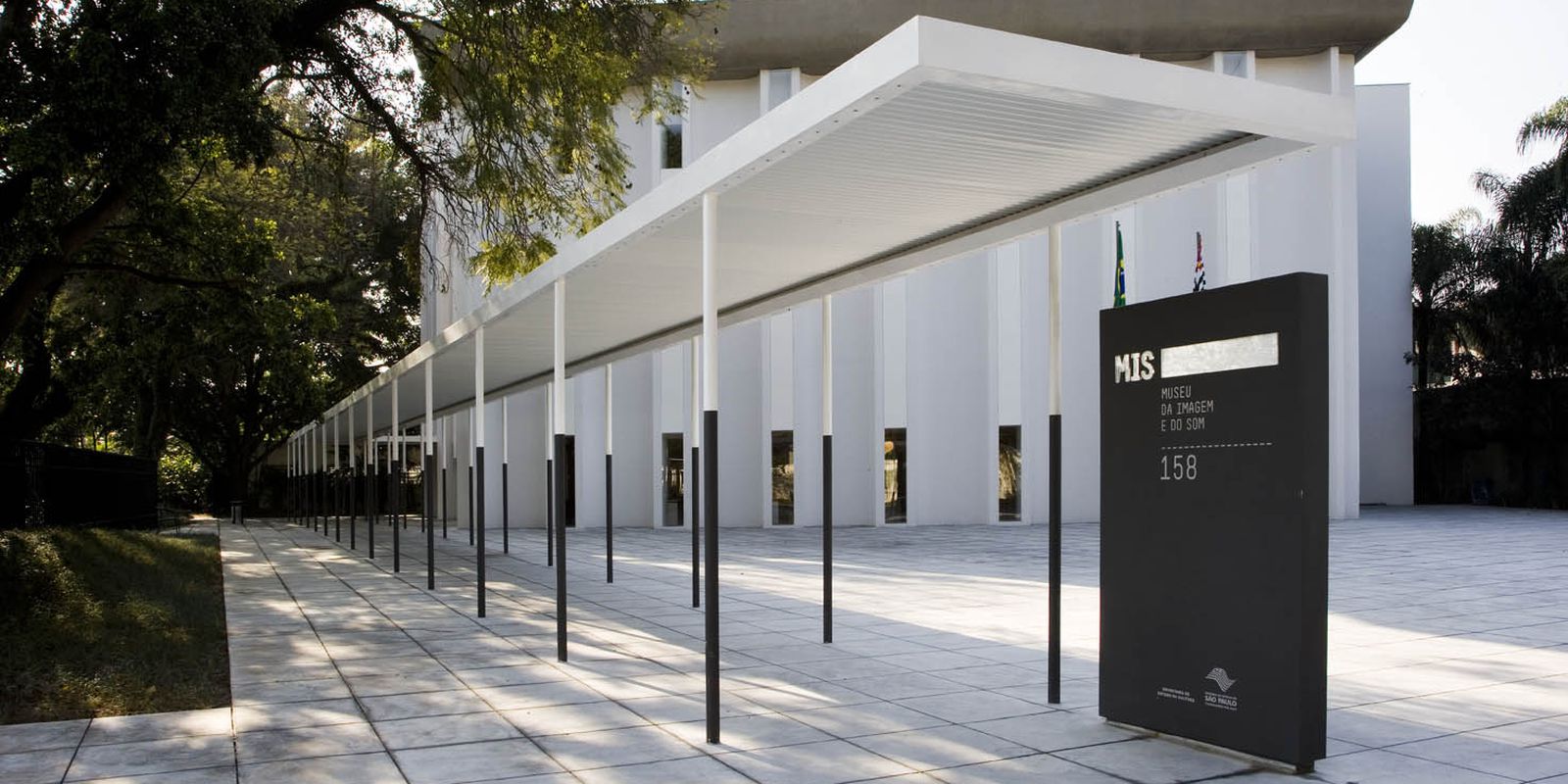Known as “the most beloved in Brazil”, the National Radio definitively marked the Golden Age of Radio. Since 1972, its collection has constituted one of the most extensive and valuable collections of the Museu da Imagem e do Som (MIS) with its radio soap operas and auditorium programs.
Curated by Ana Paula Rocha, the exhibition Our Sensations Are Not Ours visits the 40s and 50s, a period chosen to show the influence of National Radio in the social representation, its composers, performers, carnival stars and stars, the sound universe of the time and its reflections in the present.
By highlighting the importance of this revelry in the history of radio transmission and the richness of the museum’s collection, the exhibition presents reflections on the particularities and social and gender contradictions in contemporary songs, according to Ana, in an interview with National Radio.
“Defying the norms of the time, these artists come to the fore todayin Lapa, in 2023, so that the public can remember the stories, know, hear, see and feel how the art of yesterday continues to bring inspiration to our times, especially in the region of Lapa, which hosts the exhibition, and which is of great importance in the artistic circuit of the city, due to the cultural heritage of the territory, a space through which they traveled a lot.”
The exhibition shows Rio of January from the beginning of the 20th century, twenty years ago, after the abolition of slave labor in Brazil, a period in which black artists were often classified as “popular” or “primitive” artists. This is the case of Heitor dos Prazeres and his childhood and professional partner João da Baiana, a member of the Brazilian Orchestra of the program One Million Melodies, from the National Radiowhich circulated through Cidade Nova, Praça Onze, government spaces, and other intellectuals.
inspiration from the past
The exhibition Nossas Sensações Não São Nossas is composed of items from the MIS collection, with emphasis on memories of the productions of João da Baiana and Heitor dos Prazeres, in addition to photos and articles that go back to carnival and the National Radioespecially by artists such as Clementina de Jesus, Elizeth Cardoso, Pixinguinha, Sinhô, Ismael Silva, Aracy de Almeida, Orlando Silva and Zé Keti.
The show highlights that popular artists brought reflections and aspects about the carnivals of their time, even if they were often made invisible by white artists with greater projection. At other times, dictating new sound and aesthetic standards from common sources and experiences: the street, parties, bohemia, racism and police persecution.
Carnival, a popular festival from the black population, is present in the exhibition, rescuing the memory of carnival sounds, which echo through the streets of the city of Rio of January until the days of today and that they have, with the radio transmissions and their characters, an “undeniable relationship”, according to Ana Paula Rocha.
“They are men and women, all black, who had the courage to create art, make carnival, and bring reflections and happiness to an extremely racist and hostile Brazil. Many times, they were persecuted for this, evidencing not only happiness, but practices of exclusion in their songs. As for the artists of today come to dialogue with these works, often demonstrating resonance between this production and their own, echoing images, sounds and the same struggle in current times”.
Dialogue with the present
The new contemporary scene is represented by Jefferson Medeiros with the unpublished work Viramundoand artist Ramo, who presents the series To use and two unpublished canvases, seven crowns It is Kushite. Artists André Vargas, Mulambö and Uberê Guelé also have works on show. Photographer Guga Ferreira exhibits new works from the series Scratched Stitchshowing religious terreiros of African origin, in the west zone of Rio of January.
The curator emphasizes that the show brings people, customs, aesthetics and sounds that echoed before us, that many times were widely persecuted and criminalized, and that proposed questions that can still be identified and, mainly, heard today“this is the purpose of the exhibition that explores the relationship between contemporary art, music and carnival through time”.
“The relationship between contemporary art, music and carnival is something that has been gradually consolidated. Also among the new artists, the theme of the street party, be it carnival itself, passing through the festivities, maracatu or funk dances, gains relevance in the ways in which they have been expressing themselves. Thus, it is inevitable to unite these temporalities”, explained Ana Paula, who has already worked as a collaborator in the MIS Discotheque collection.
In addition, in the exhibition’s musical collection, the public will be able to check out testimonials given to the National Radioespecially by artists such as Clementina de Jesus, Elizeth Cardoso and Pixinguinha.
Service
Visitation: until May 5th from 2023
Location: Museum of Image and Sound of Rio of January (MIS-RJ)
Address: Rua Visconde de Maranguape 15, Lapa
Hours: From second The fridayfrom 10 am to 5 pm
Free entrance
*Intern under the supervision of Akemi Nitahara









